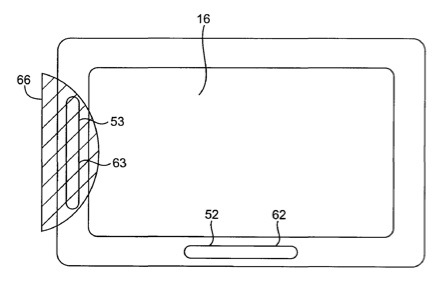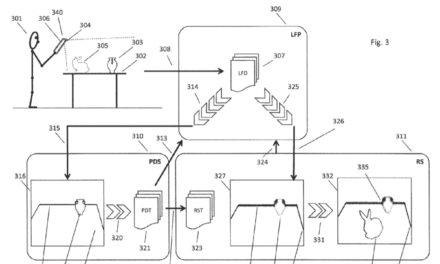Cloud infrastructure services spending reached $20 billion in quarter two of 2018, up 47% on the same quarter in 2017.
Amazon Web Services (AWS) remained the largest provider, accounting for 31% of the total market. It grew 48% during the quarter. Microsoft Azure continued to grow faster than AWS, increasing by 89%. It closed the market share leadership gap, with an 18% share against 14% in the same period a year ago. Google Cloud maintained momentum and held onto third place, growing 108% to represent 8% of the worldwide total.
Business adoption of public cloud infrastructure services is increasing as new digital applications are developed and existing workloads migrated. In a recent global Candefero survey of 264 channel partners, only 6% saw their customers take a cloud-first approach, placing everything in the public cloud.
“Hybrid IT is the dominant approach taken by businesses, with 75% of channel partner respondents indicating that most of their customers are adopting a combination of private and public cloud computing,” saysCanalys Research Analyst Daniel Liu. “Businesses are assessing ongoing public cloud costs as well as usage rates to determine the best options for their workloads. This will result in some remaining on-premises, some moving to public cloud providers and some returning from public to private clouds.”
Channel partners play a vital role in cutting through the complexity faced by their customers.
“The opportunity is in professional services, in terms of consulting, integration and ongoing managed services,” says Liu. “Understanding the strengths and weaknesses of each public cloud provider, the different tariffs and discounts available, as well as assessing the appropriate placement of workloads is crucial. Partners must provide the tools to secure workload migration and movement, visibility and policy enforcement across multiple environments to ensure cost control and compliance, as well as providing platforms for new digital application development.”




